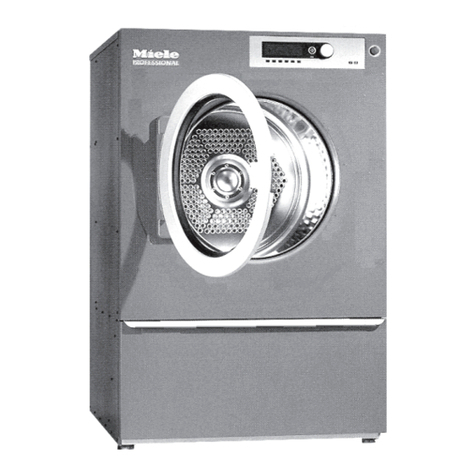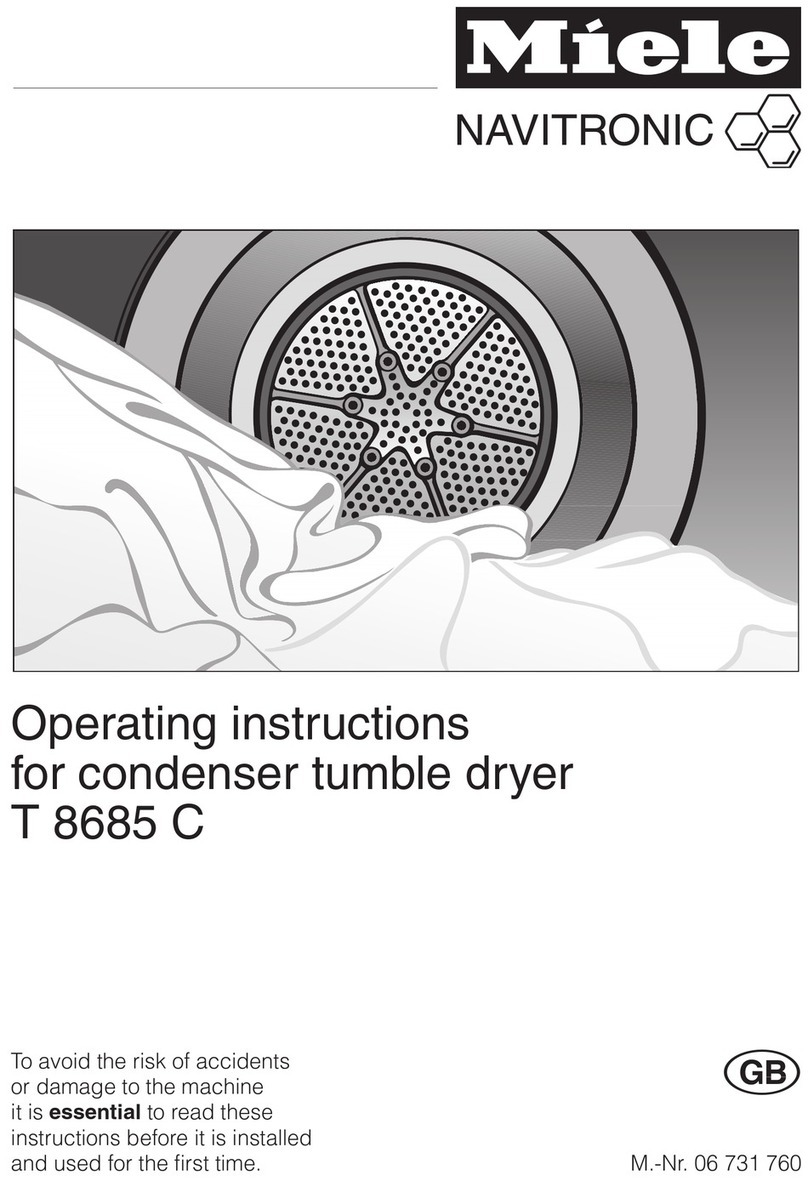Miele T 7644 C User manual
Other Miele Dryer manuals

Miele
Miele TWV 780 WP User manual

Miele
Miele PDR 908 HP User manual
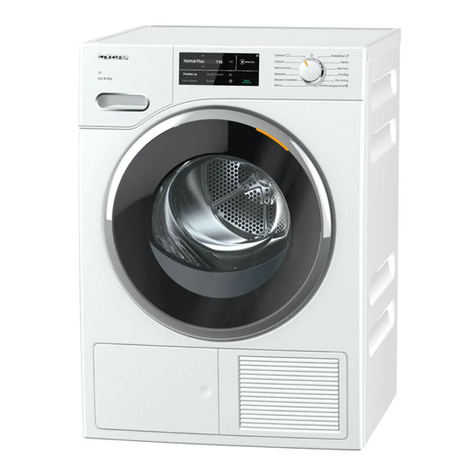
Miele
Miele TWJ 660 WP User manual
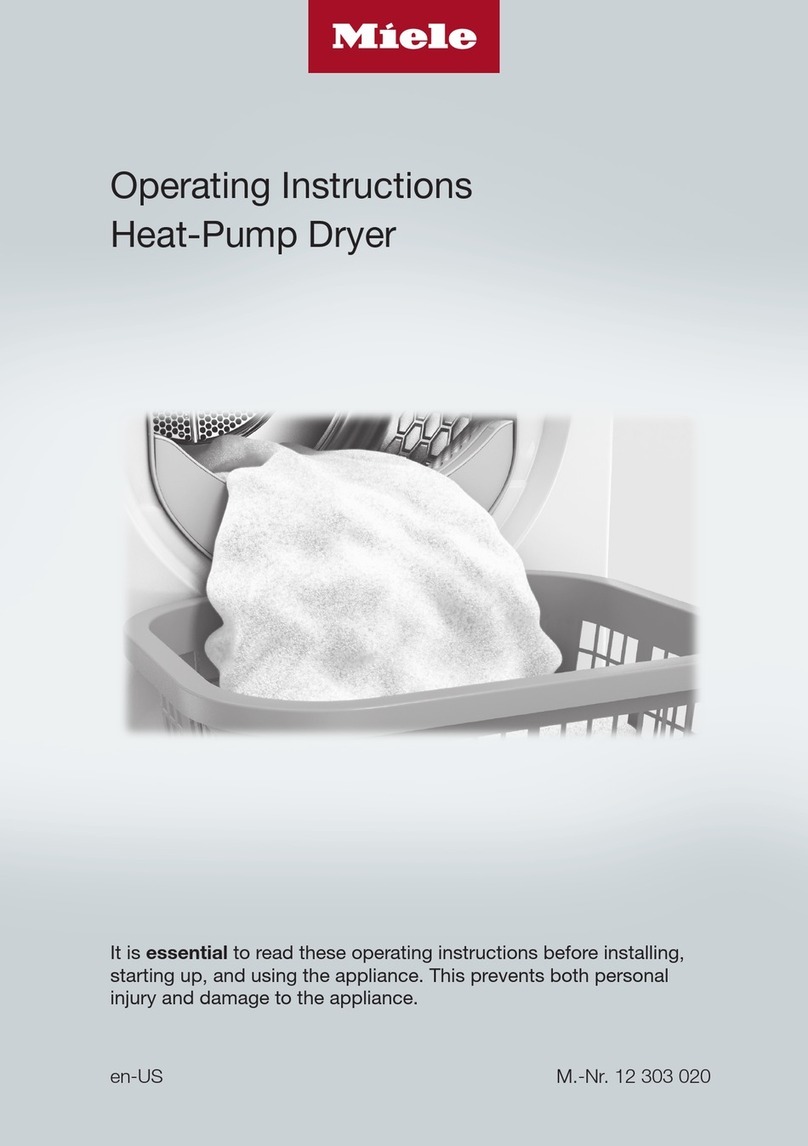
Miele
Miele TXD 160 WP User manual

Miele
Miele T 4472 User manual

Miele
Miele T 7944 C User manual
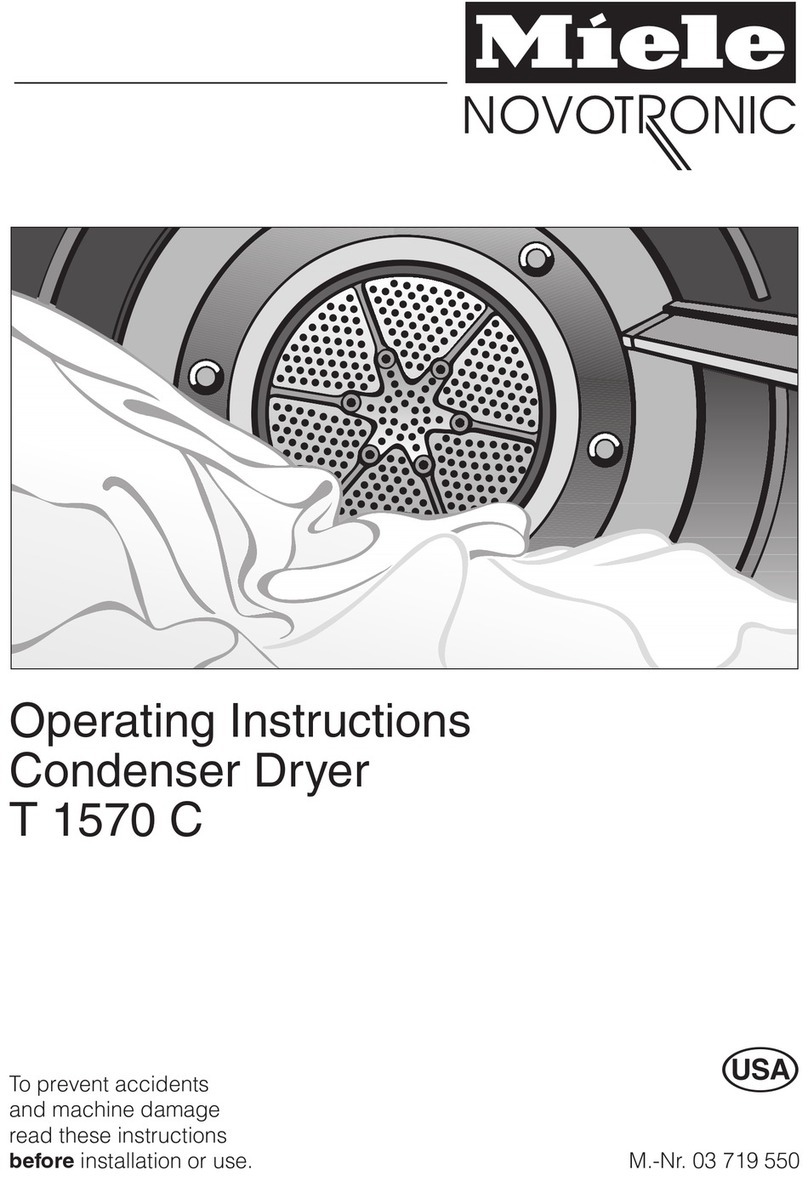
Miele
Miele T 1570CI CONDENSER DRYER - OPERATING User manual
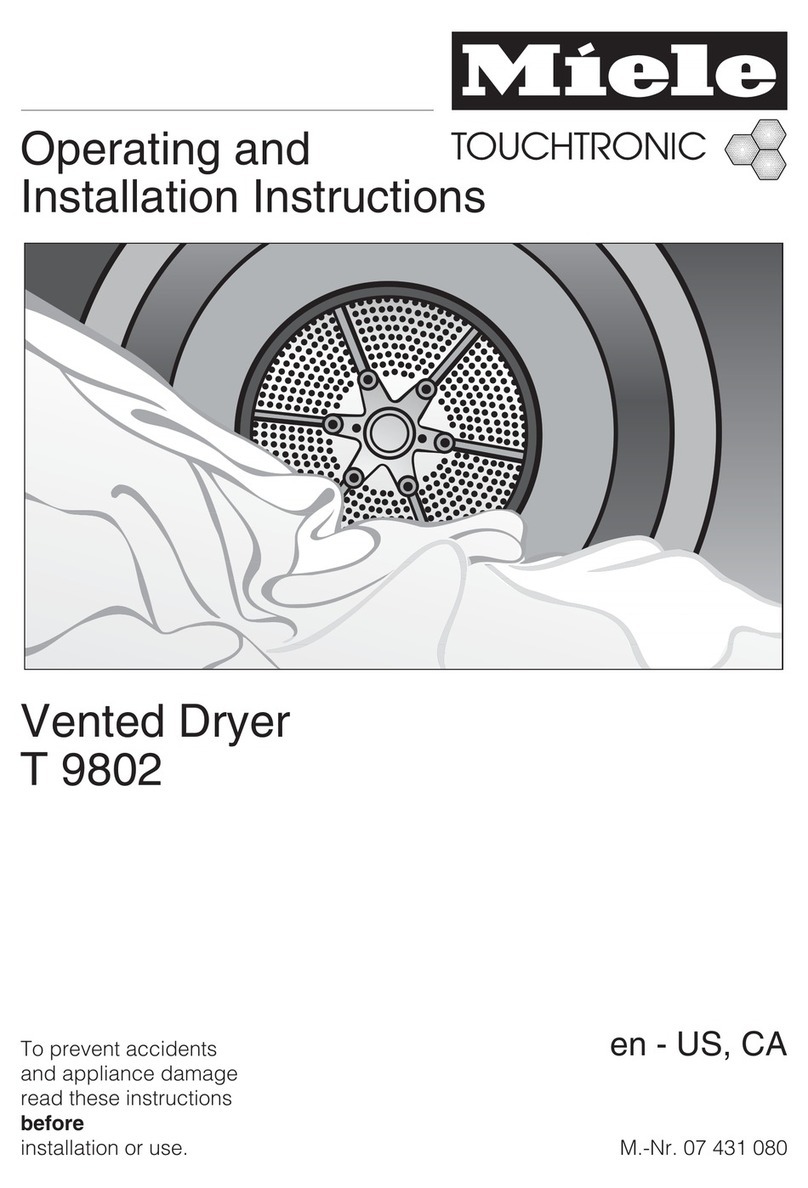
Miele
Miele TOUCHTRONIC T 9802 User manual
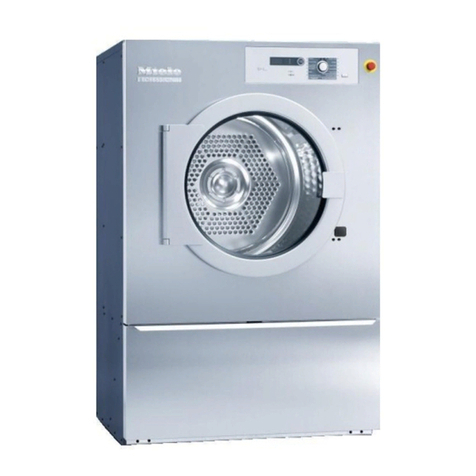
Miele
Miele PT 8407 EL User manual
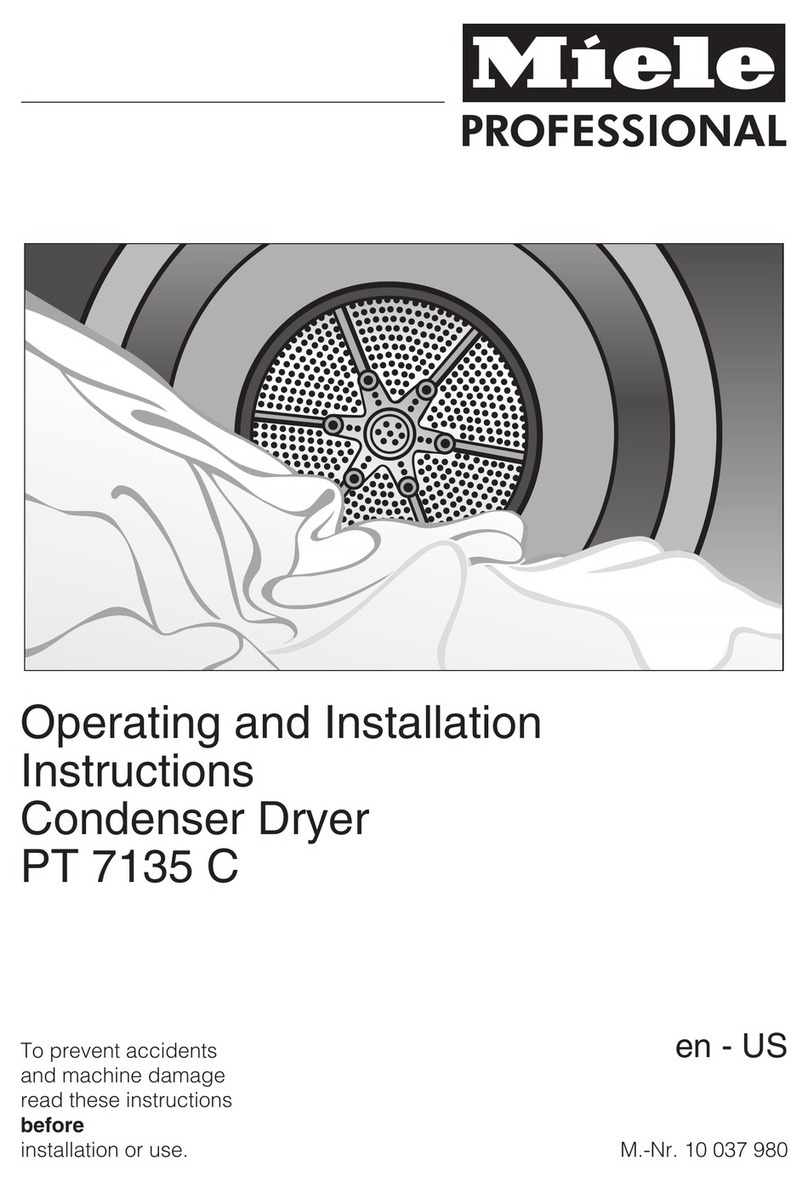
Miele
Miele PT 7135 C User manual
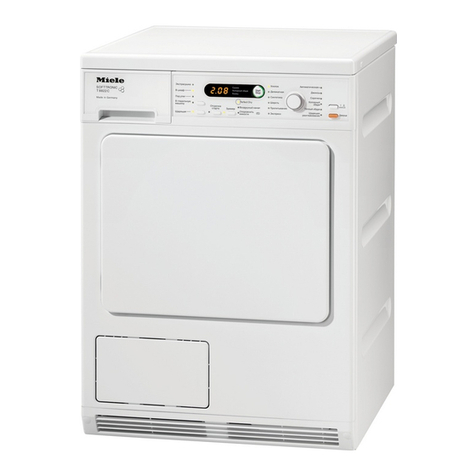
Miele
Miele T 8422 C User manual
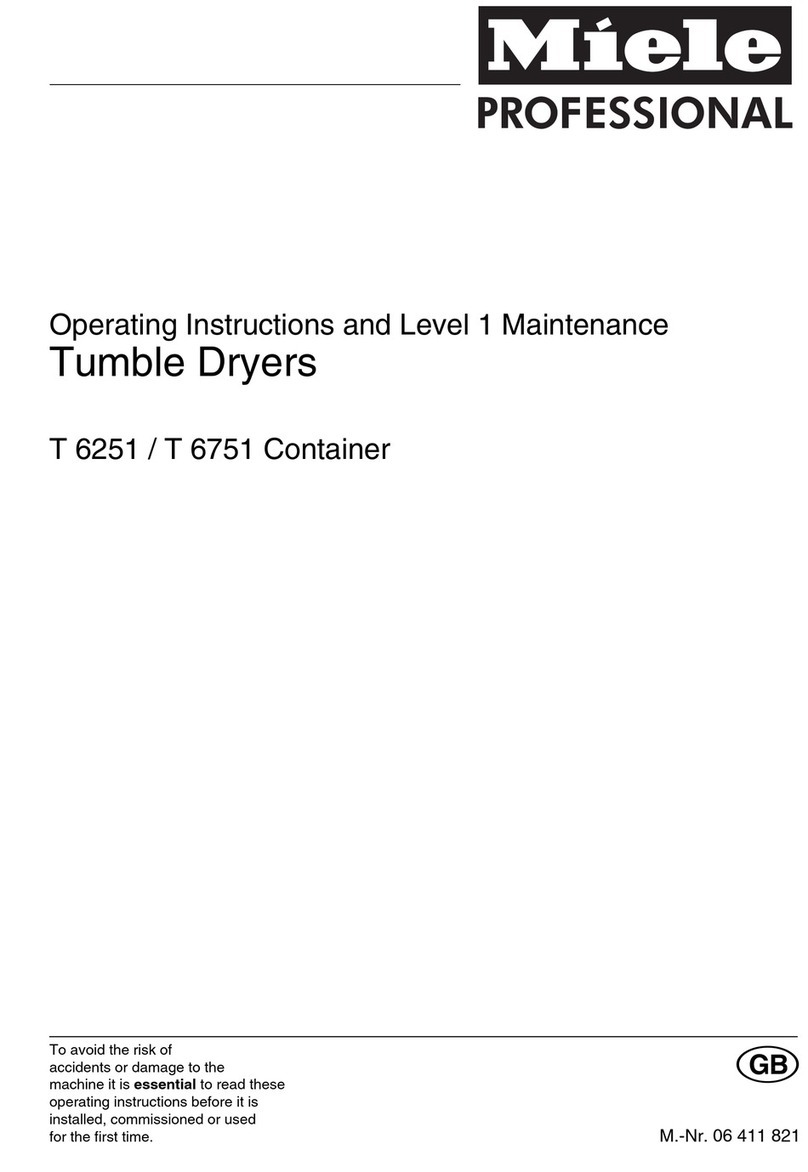
Miele
Miele T 6251 User manual
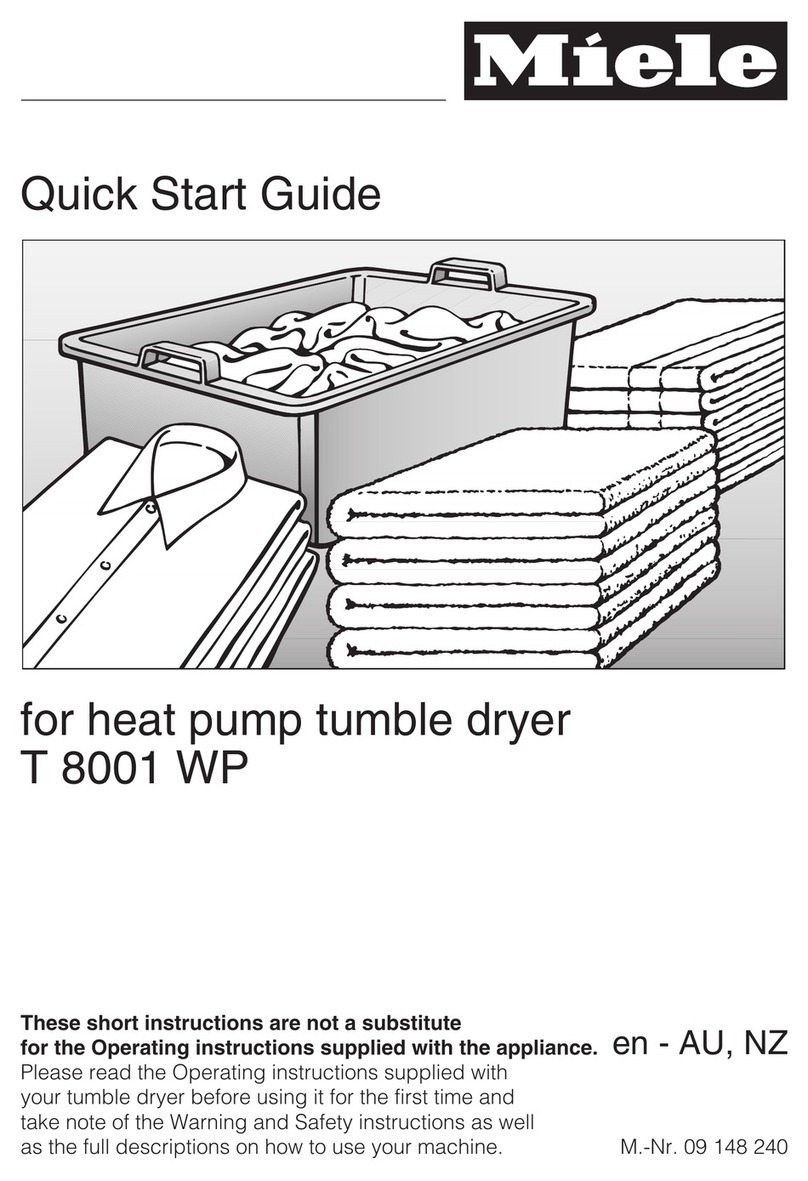
Miele
Miele T 8001 WP User manual
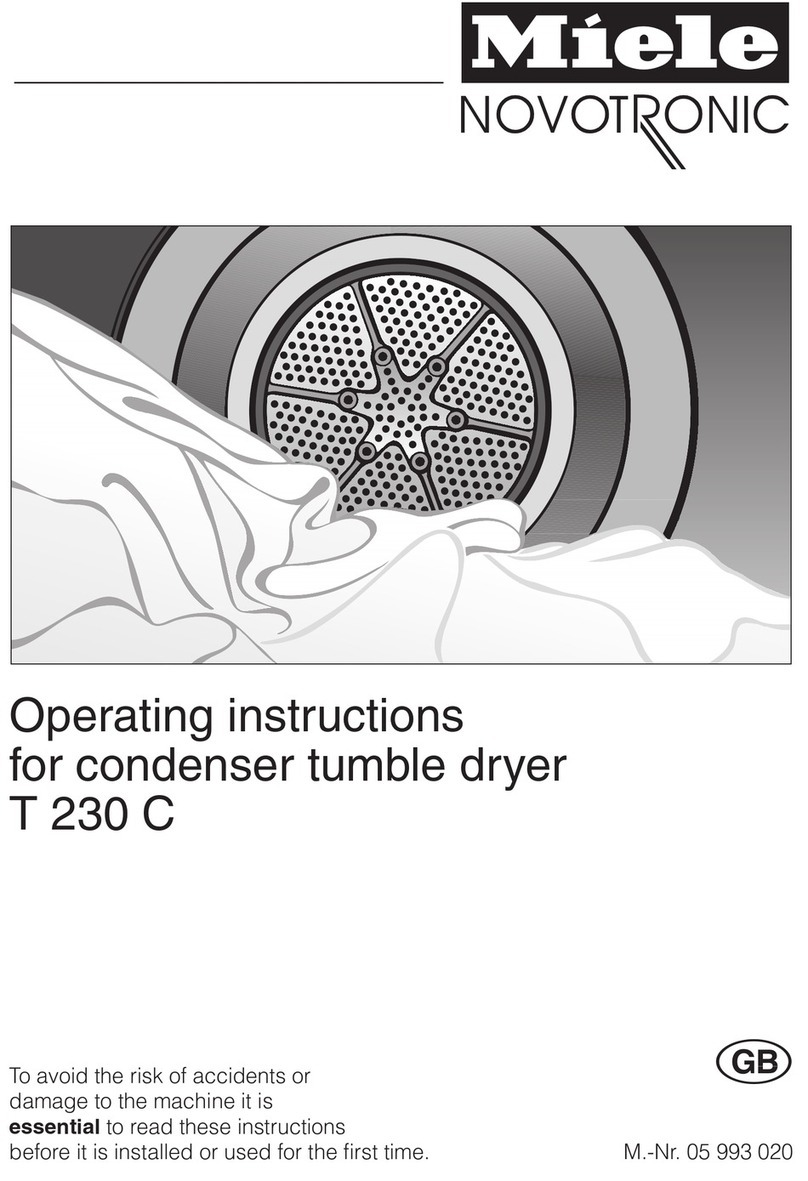
Miele
Miele T 230 C User manual
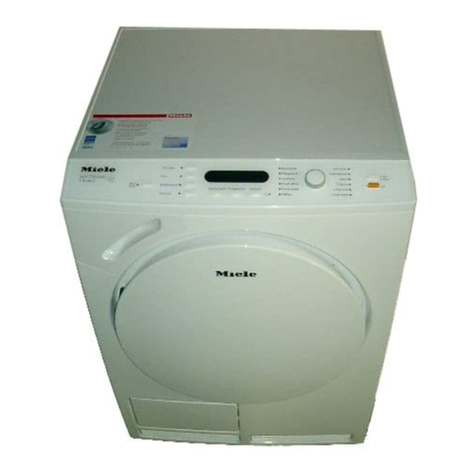
Miele
Miele T 9246 C User manual

Miele
Miele PDR 511 HP User manual
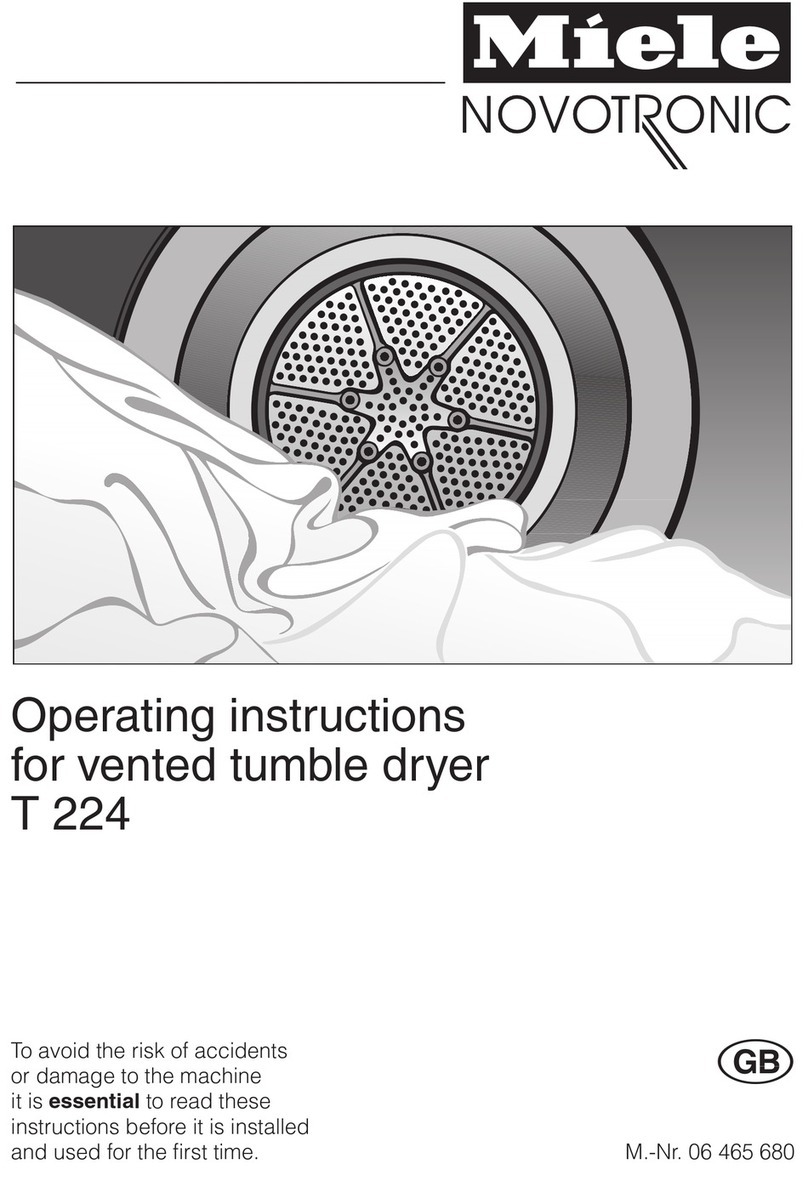
Miele
Miele T 224 User manual

Miele
Miele PT 7135 C User manual
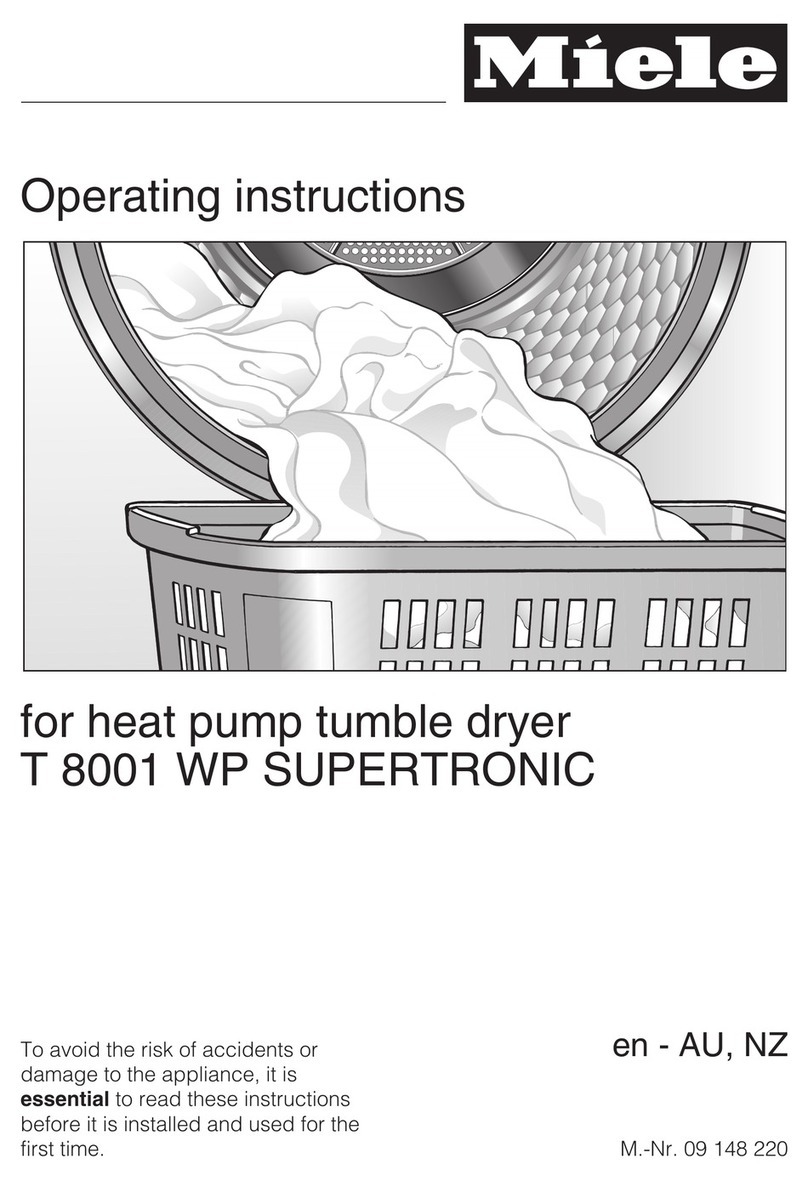
Miele
Miele T 8001 WP SUPERTRONIC User manual
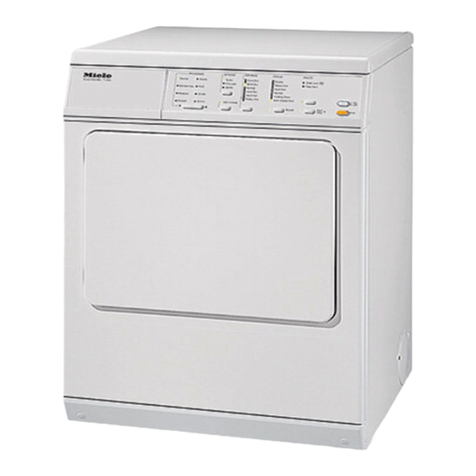
Miele
Miele TOUCHTRONIC T 1413 Parts list manual
Popular Dryer manuals by other brands

ffuuss
ffuuss eos user manual

KitchenAid
KitchenAid 53-3498 installation instructions

Schulthess
Schulthess Spirit topLine TW 8340 operating instructions

Whirlpool
Whirlpool LGR4624BW0 parts list

World Dryer
World Dryer AirMax D M5-972A manual

Alliance Laundry Systems
Alliance Laundry Systems ADEE9BSS user guide
